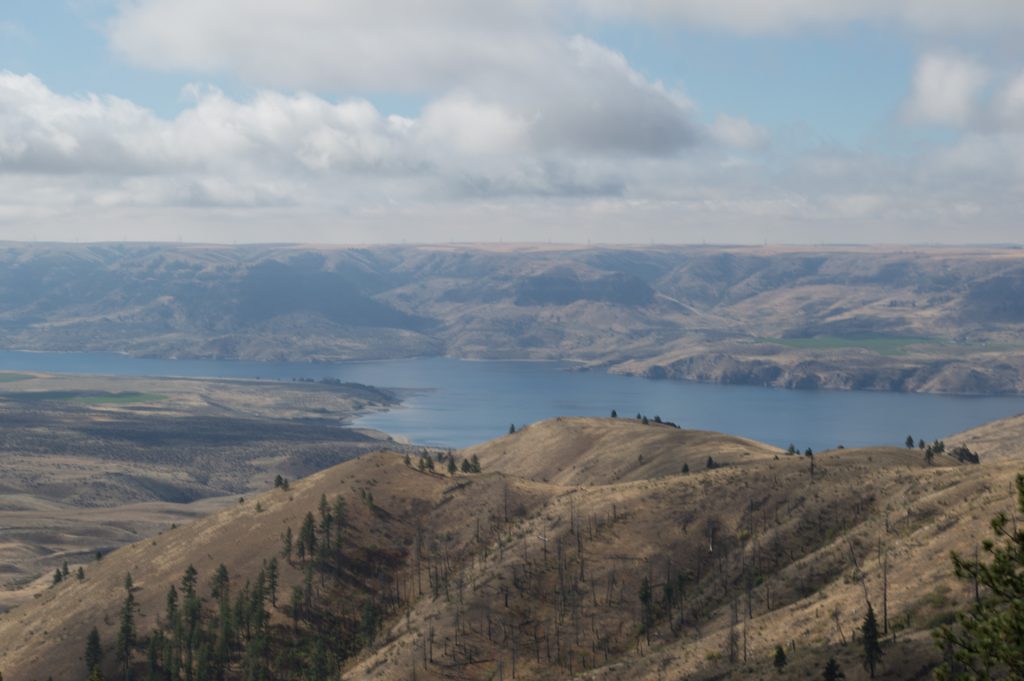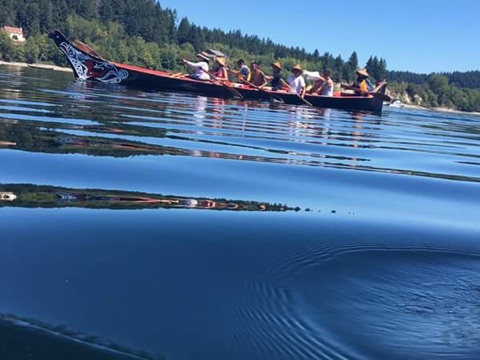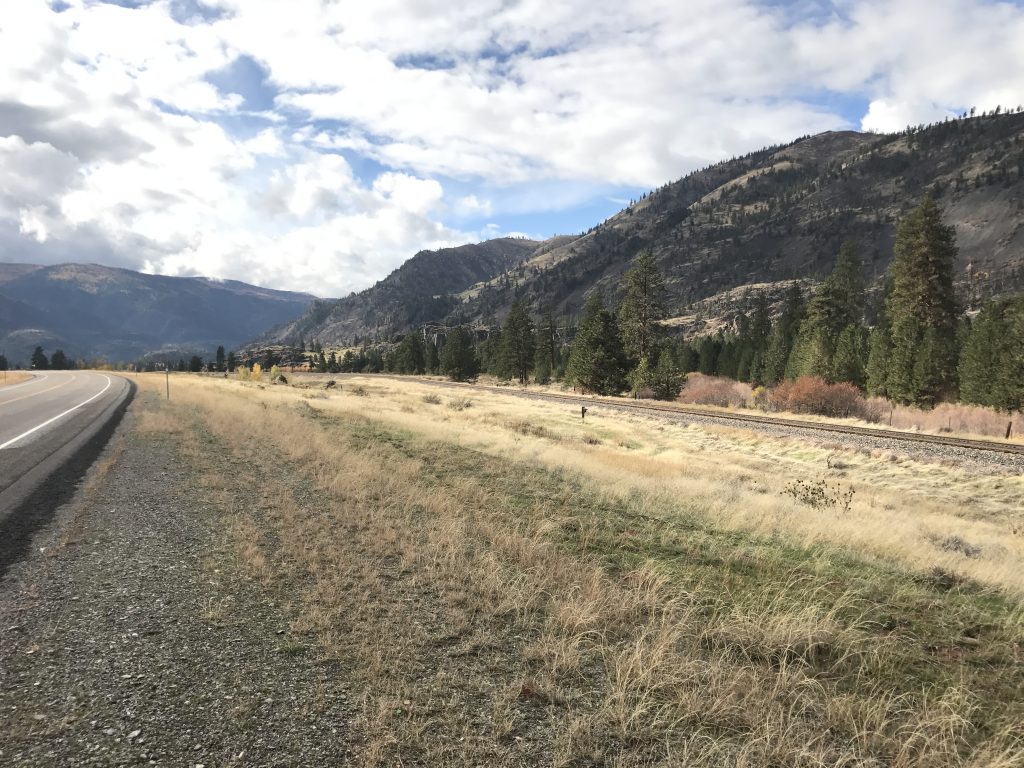News & Events
April 27, 2013
Reclaiming the Trail of Tears: Yappalli Project 2012
In June of 2012, a small group from the University of Washington’s Indigenous Wellness Research Institute (IWRI) and Choctaw Nation of Oklahoma walked the historical “Trail of Tears.” The project was a partnership between Choctaw Nation and IWRI and was named “Yappalli,” meaning “to walk slowly and softly” in the Choctaw language. The group was comprised of tribal members from Choctaw Nation, an Indigenous person from the Tluku tribe in Taiwan, and other Native and non-Native IWRI staff, students, and supporters. The goal was to connect culturally with the space to discuss and pledge to the health of future Choctaw generations.
During the 1830s, five tribes from the Southeastern U.S. walked The Trail of Tears to Oklahoma: Choctaw, Creek, Chickasaw, Cherokee, and Seminole, as part of the Indian Removal Act. The Yappalli group traveled more than 20 miles per day. They walked eight to ten miles a day and the rest was traveled by vehicle.

Part of the Trail of Tears where so many had walked that the earth was worn away by the many travelers.
Although the walk was a way for the participants to come together as a group by reconnecting and reclaiming the history of the trail, the journey’s goal was to explore ancestral visions of health and explore the Trail as a place where participants could reconnect with those visions. One of the necessary activities in planning for the walk was to map the original route. This involved researching historical maps and documents, often using military records, so participants could walk as closely as possible along the original trail.
While participants in the Yappalli walk came from various backgrounds, they found common ground and developed strong bonds as they walked, talked, and learned Choctaw words and history. The youngest member walking the trail described the experience and desire to become more involved in her tribal community. That means keeping her tribal ties strong, maintaining a strong tribal identity, and fostering a renewed sense that anything is possible for the health and future of her people.
Kyle Tiffany expressed feelings of “wanting to move people,” encourage and support them to change their lives while walking the trail. Physically pushing themselves, beginning and ending with cultural teachings and really reflecting on diet and exercise, presented an opportunity for participants to make meaningful, healthful changes in their lives. The project brought together not only Choctaw Nation of Oklahoma members but others as well, creating and discovering what it means to make a community.
Currently, members of the Yappalli research team are conducting data analysis on interviews and focus groups conducted before, during and after the walk in order to illuminate Choctaw-specific views of health. The goal of these analyses are to inform health promotion efforts and to begin to plan ahead for future walks.








